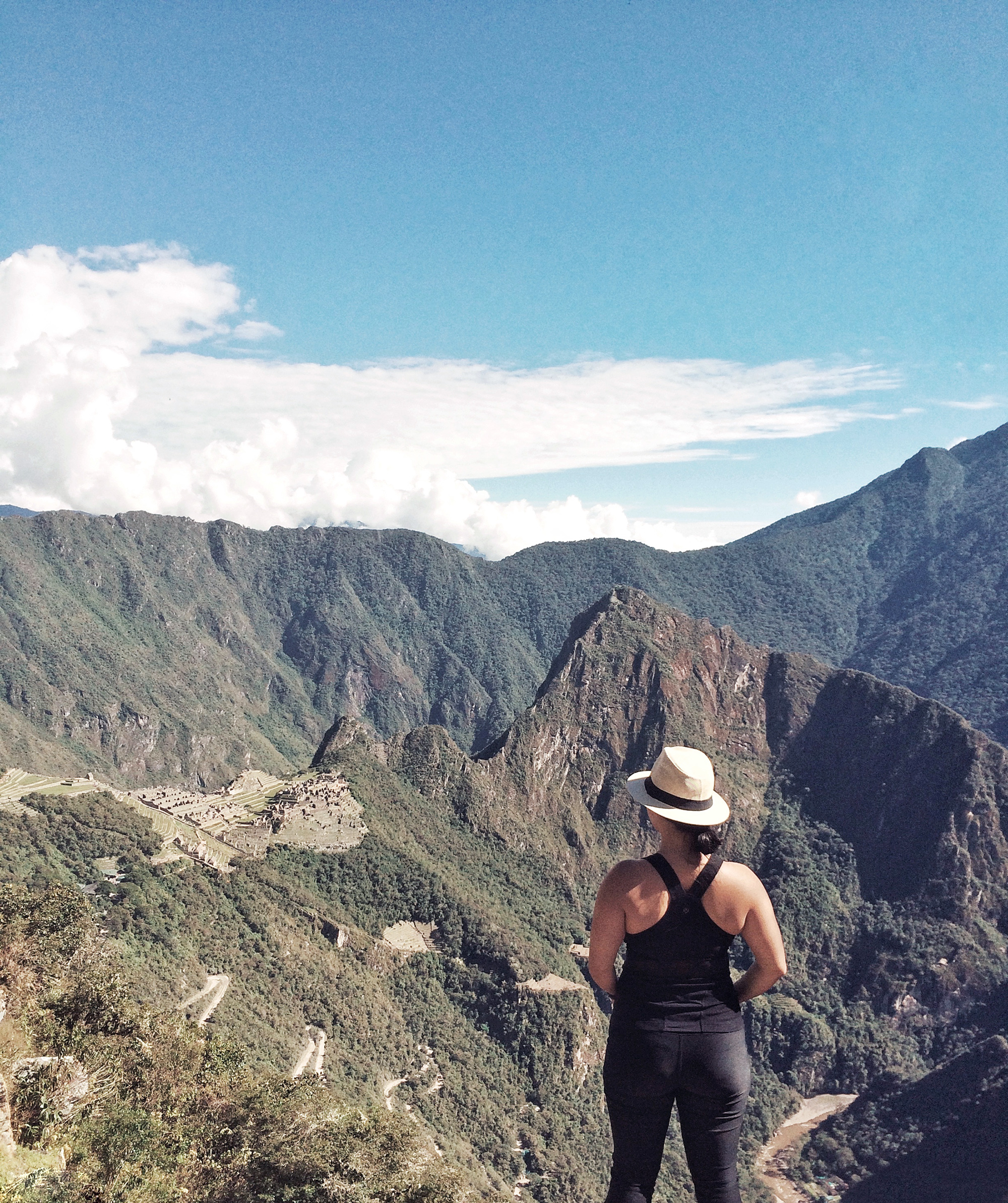
Altitude sickness is unlike any pain you’ve ever experienced.
Sift through the darkest most shame-filled corners of your memory and recall the worst hangover of your life. Yea, that slice of hell after you attended an all-you-can-drink-champagne event in Paris and you spent the better part of the day wishing you came built with a handy self-destruct button to end it all while dry-heaving over a toilet.
Now times that by a thousand – THAT’S what altitude sickness feels like in Cusco. The absolute worst hangover OF YOUR LIFE but you don’t even get to benefit from the temporary liberation from your inhibitions, leading you to get a bit handsy flirtatious with the brawny bouncer’s pectoral muscles manning the door.
At least when you drink copious amounts of tequila and wake up the morning after with an open wound on your knee from falling over while drunkenly trying to take your bodysuit off before removing your jeans, you can begrudgingly admit – if only to yourself – that you deserved that. Maybe 5 shots of tequila on an empty stomach isn’t the best remedy to calm social anxiety? Yea, maybe.
Let’s break altitude sickness down, shall we?
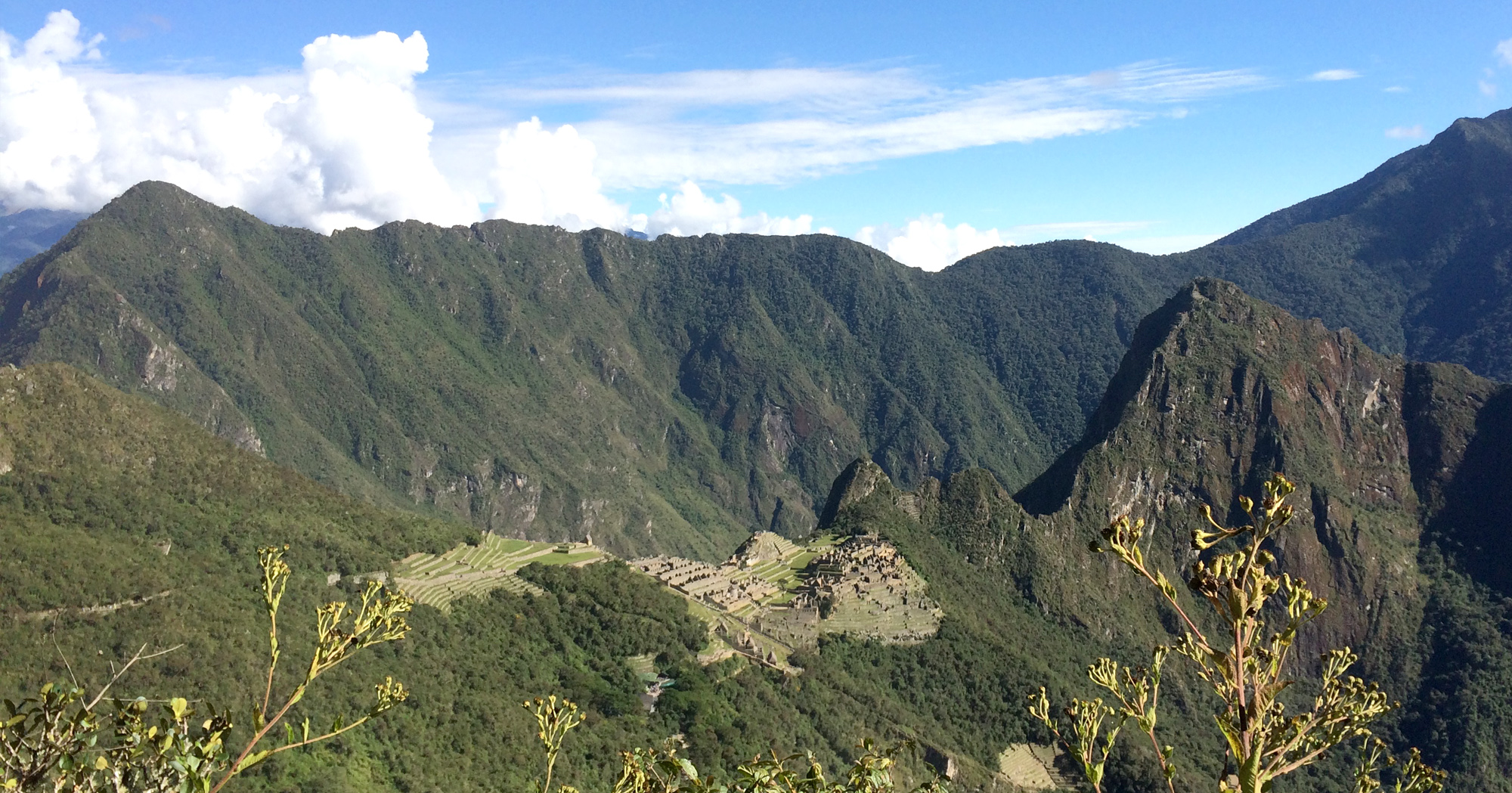
RELATED READING:
➳ Sandboarding In The Peruvian Desert: Tips + Observations
➳ 10 Essential Must-Dos When in Peru
➳ How To Spend An Epic and Adventurous Weekend in Ica, Peru
What is altitude sickness?
Sometimes called “mountain sickness,” this illness strikes when ascending to high elevations (about 8,000 feet and above), resulting in the shortage of oxygen.
What are common symptoms of altitude sickness?
Difficulty sleeping. Dizziness. Light-headedness. Loss of appetite. Headache. Nausea or vomiting. Rapid pulse. Shortness of breath or laboured breathing. I personally experienced all of the above.
Why does it happen in Cusco?
Cusco is situated in the oxygen-starved Peruvian Andes, elevated at 11,152 feet (3,399 meters) above sea level. Less oxygen is available when the pressure drops at that altitude.
Who does it affect?
If you’re one of the unfortunate individuals who suffer from altitude sickness, don’t feel bad – it’s genetic! Just like anything else – from mathematical prowess to height – some people possess genes that allow them to get enough oxygen from thin mountain air.
Also, if you’re like me and aren’t a mountain dweller, the chances are that your body (like mine) will not be used to the air pressure at the high altitude.
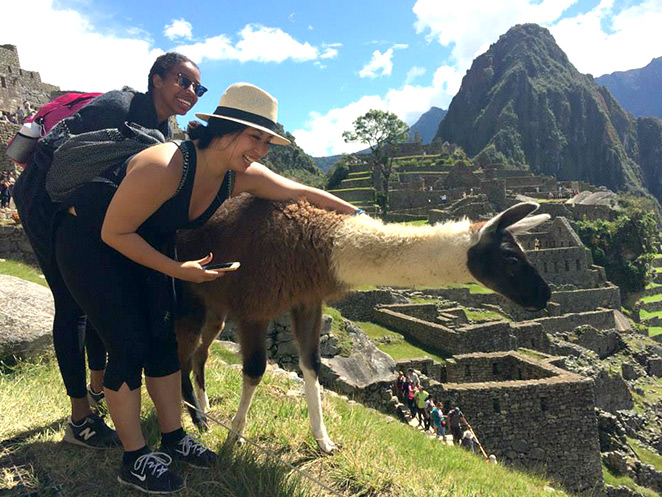
The llama was definitely used to the high altitude
How long does it last for?
The moment the plane doors opened on the tarmac in Cusco midday, I felt the pressure descend upon my head as if an elephant had decided that it looked like a comfy beanbag chair. No bueno.
Despite taking it (relatively) easy the rest of the day – other than getting caught in a hail storm and running all over the city trying to get a new immigration card – at 6:30am when Janelle and I walked along the cobblestoned streets to the meeting spot to begin a 10-hour tour of Sacred Valley, I felt like I was dragging myself through molasses. That long-limbed jerk, however, was fine.
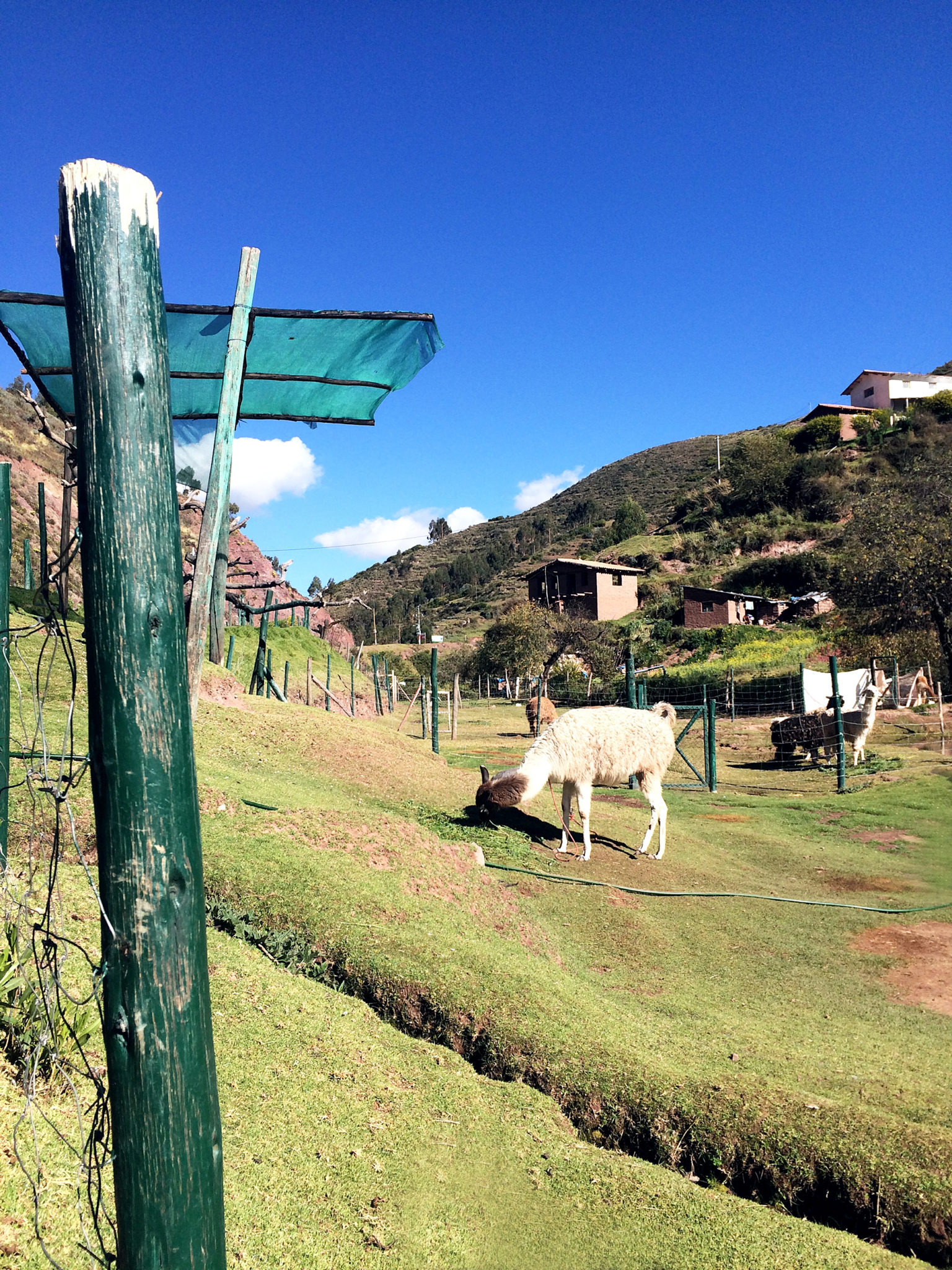
Initially I attributed my lethargy to the early hour but by time we got to our first stop in Sacred Valley to pet llamas and alpacas (fancy llamas), I was so nauseous thatI wanted to pitch myself off of the mountain. The worst of the altitude sickness lasted around 10-12 hours, only beginning to let up around 6pm that day.
It was the worst day in a string of difficult days. It was also the day a dog stole my wet shoe and scampered off into darkening streets of Ollantaytambo – a village in the Sacred Valley of south Peru set on the Urubamba River where we ended our tour to continue on to Machu Picchu.
The snow-capped mountains beyond the town served as a very picturesque backdrop as I proceeded to cry hysterically.
Straw meet camel’s back.
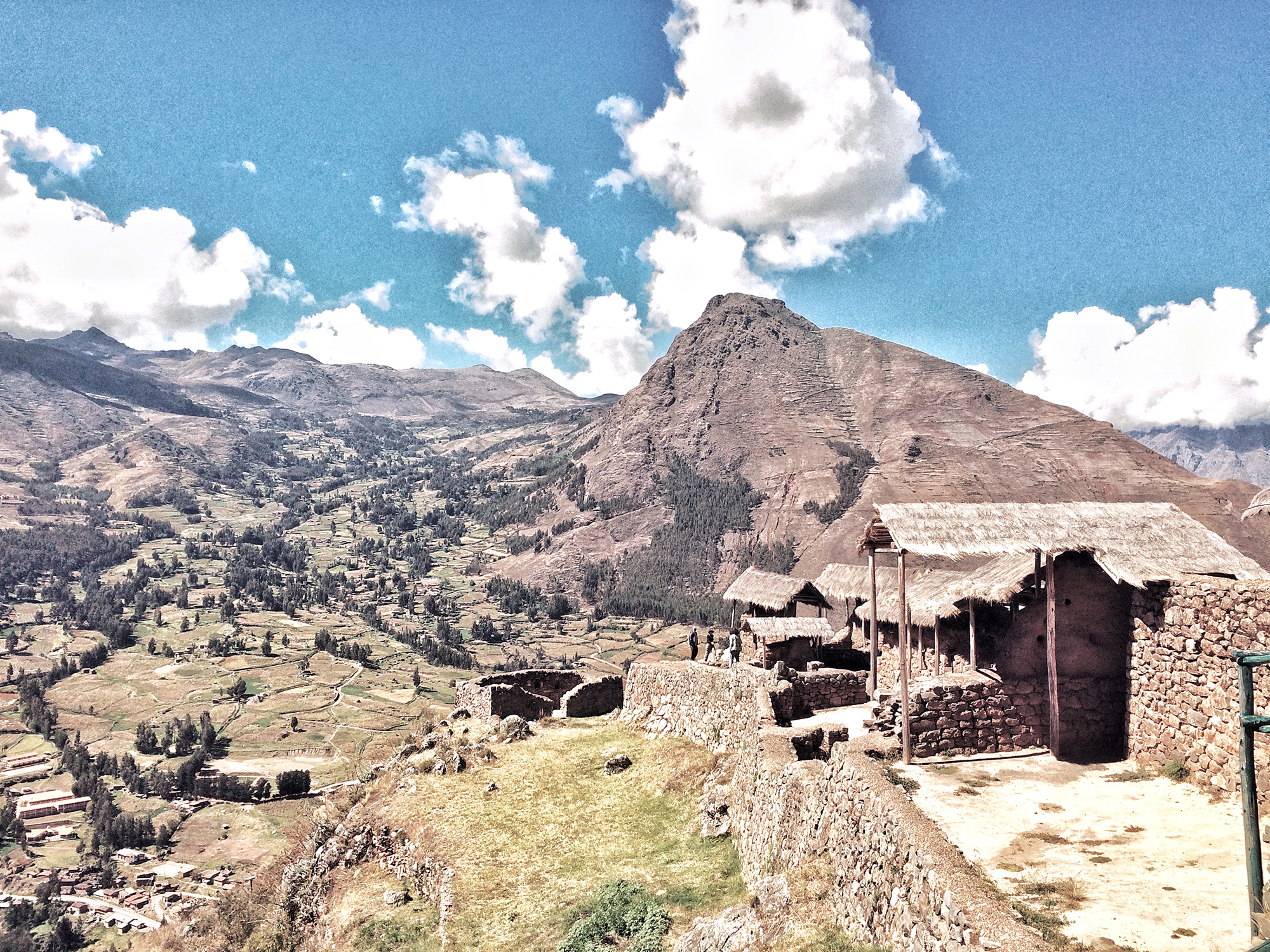
Spoiler Alert: Eventually I stopped my public weeping and my shoe was returned to me, significantly worse for wear.
Tips To Help You Survive Altitude Sickness
+ Factor in a couple days to acclimatize: If you’re in the Peruvian Andes because you’re aiming to climb Machu Picchu, give yourself at least 2 days to acclimatize to the high altitude. We ventured to the infamous spot on day 3 and I was good to go!
+ Take Diamox Tablets: You may be able to head altitude sickness off at the pass by taking medication. Prescribed by a GP, you should start taking Diamox tablets the day before you’ll be at high elevations. I was popping them like Tic Tacs but they might as well have been mints for all the good they did me.
+ Breathe In Rubbing Alcohol: The guide bought a little bottle of rubbing alcohol, poured a little into my cupped hands and made me breathe it in. My brain was in such a fog but the sharp smell cut through it, similar to smelling salts for an unconscious person.
+ Stay Hydrated….on Water: As a higher rate of water vapour is lost at high altitudes, drink as much water as your bladder will allow. Avoid alcohol and caffeine as they increase the likelihood of dehydration.
+ Drink Coca Tea: This is the local remedy to stave off this dreaded mountain sickness. If you don’t want to chew the leaves of the coca plant, steep the dried leaves in hot water for a comforting tea. Yes, this is the same plant cocaine is made of but in this form, it won’t get you high although you may have trouble sleeping if you drink it late at night.

Carb-loading for our first Cusco meal (psst…the meat under the hot dogs is alpaca)
+ Eat All The Carbs: In the Andean Mountains – where every breath of air provides 40% less oxygen – carbohydrates provide great fuel for muscles as they supply 15% more energy at the same amount of oxygen in comparison to fats. You had me at guilt-free pasta binges. No further explanation needed.
+ Rest: This bit of advice requires the least amount of effort but is the hardest to take, especially when you want to be exploring the Andean Mountains like a sure-footed llama. If you experience altitude sickness, take it easy and wait it out. It’s gonna suck but just focus on the fact that the effects aren’t long-lasting.
As I mentioned, there’s no real way to tell if you’re going to be susceptible to altitude sickness. The best you can do is prepare in case you DO get it. You’ll probably be able to tell the moment arrive in Cusco if you feel the pressure. Just remember that it should only last 1-2 days and after you’ll be fine and ready to climb Machu Picchu!
Checking out Machu Picchu is a MUST if you’re in Peru. Check out these other bucket list experiences while you’re in the country.
Keep your stalking game strong and follow me @teriaki if you aren’t already!

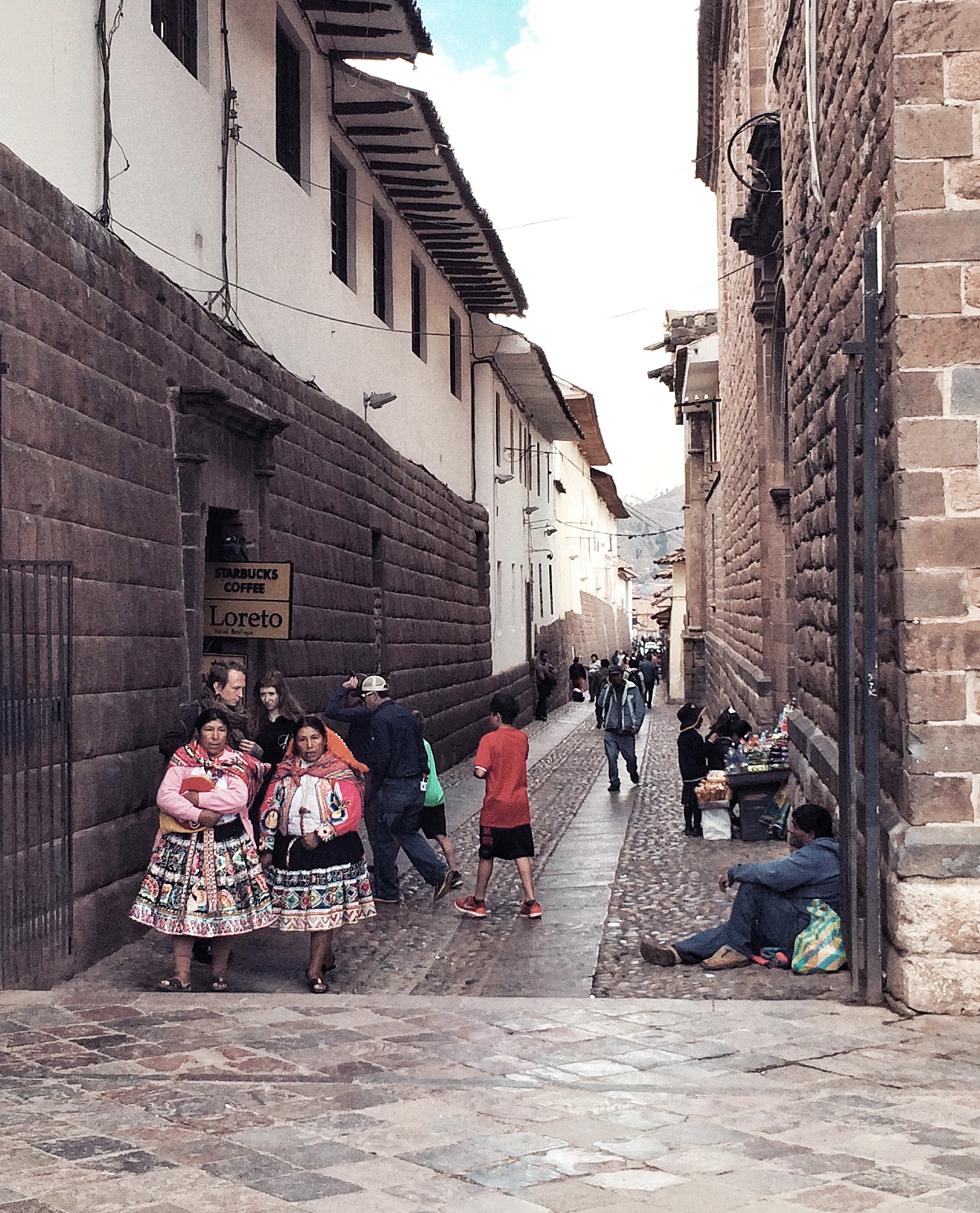




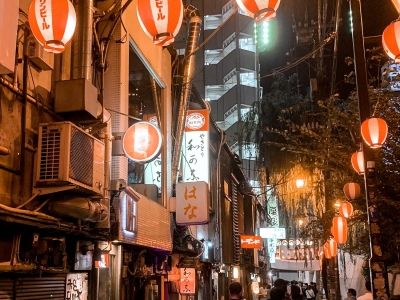


0 Comments